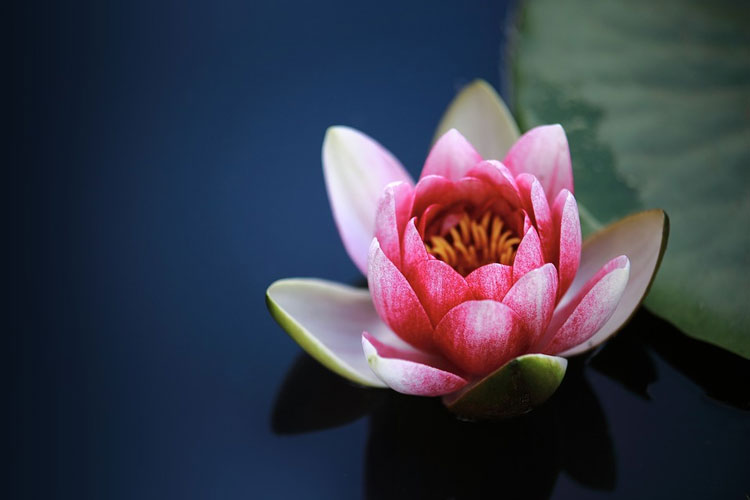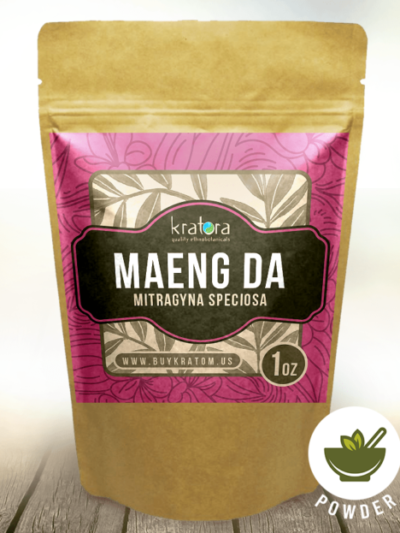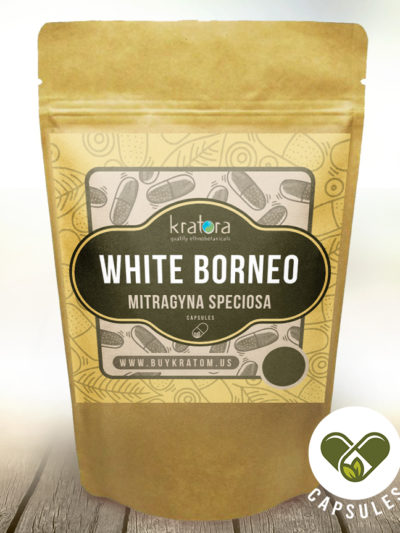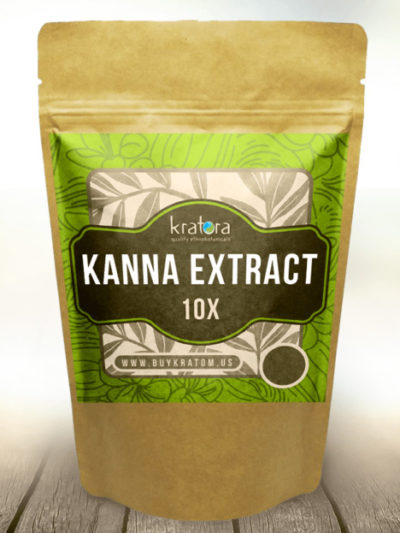At Kratora, we’re always talking about ethnobotanicals; but what does the word “ethnobotanicals” mean, exactly? And what makes these plants any different to other botanicals like lavender and rosemary?
What is Ethnobotany?
To really appreciate a plant and benefit from it, you need to know where it comes from and how it was used traditionally. After centuries and even millennia of trial and error to work out which plants can be useful for human health, it makes sense to listen to what the locals have to say!
“Ethnobotany,” according to the Merriam Webster dictionary, is “the plant lore of indigenous cultures” and “the systematic study of such lore.” A “botanical” is “a substance obtained or derived from a plant,” including extracts used for skin and hair products and medicinal preparations.
In other words, ethnobotany is the study of how indigenous people around the world use plants, and ethnobotanicals are the plants traditionally used for health and beauty. Sometimes, the traditional uses of a plant might be connected to a myth or legend, and at other times have been passed down within a family or herbalist to herbalist.
What Ethnobotany is in Relation to Science
While common botanicals like peppermint and oregano have been studied extensively in clinical trials, highly localized plants like kratom and kanna have not yet been afforded this luxury, and the best we can do is to describe their historical and local uses. However, if you think about it, indigenous communities around the world have survived and thrived for thousands of years without modern medicine, so they must be doing something right!
Discover the Ethnobotanicals in our Premium Collection
Here at Kratora, we were so interested in learning more about what ethnobotany is that we decided to expand our kratom business and start selling other traditional plants. In our collection of kratom alternatives, we offer ethnobotanicals from Asia, Africa, and South America. Each plant has a fascinating story and cultural context behind it that needs to be fully understood in order to enjoy the benefits and avoid unwanted side-effects.
Ethnobotanicals from Asia
Kratom (Mitragyna Speciosa)
A native Southeast Asian rainforest tree in the coffee bean family, kratom was traditionally chewed by manual laborers to help with the fatigue and physical pain experienced during long days of work. As kratom stimulates the opioid receptors in the body, the leaves have also been used in rural parts of Southeast Asia for opiate withdrawal.
In modern times, kratom has become a popular remedy around the world for chronic pain and fatigue.
Another of our Southeast Asian ethnobotanicals, Mitragyna hirsuta (related to kratom or Mitragyna speciosa) is found in the tropics and subtropics of Asia. The leaves are traditionally used for their stimulating and relaxing effects, and also have antimalarial and analgesic properties.
This herb is currently gaining popularity as a kratom substitute and kratom potentiator and is often legal in countries and states where kratom is not.
Sakae Naa (Combretum Quadrangulare)
Sakae naa is a tree that grows in the wild along river banks in Vietnam, Cambodia, Laos, Myanmar (Burma), and Thailand. It is used as a kratom substitute in Thailand where kratom and some other psychoactive ethnobotanicals are illegal.
Traditionally, the seeds, roots, and leaves were used for treating parasitic worms, and the roots and wood were used for dealing with sexually-transmitted diseases and infections. Research has shown that the seeds display antibacterial properties.
-
Body and Mind
Combretum Quadrangulare (Sakae Naa)
From $9.99 Shop Now This product has multiple variants. The options may be chosen on the product page -
Energy
Maeng Da Kratom Powder
From $12.99 Shop Now This product has multiple variants. The options may be chosen on the product page -
Energy
Mitragyna Hirsuta Powder
From $9.99 Shop Now This product has multiple variants. The options may be chosen on the product page -
Relaxing
Super Enhanced Bali Kratom Powder
From $12.99 Shop Now This product has multiple variants. The options may be chosen on the product page -
Energy
White Vein Borneo Kratom Capsules
From $13.99 Shop Now This product has multiple variants. The options may be chosen on the product page
Ethnobotanicals from Africa
Kanna (Sceletium Tortuosum)
One of the most popular ethnobotanicals in South Africa is the kanna plant. Kanna is a succulent with small white flowers that grows natively in this region. It is traditionally chewed for stress, depression, pain, and to alleviate hunger.
Nowadays, locals can buy commercial kanna preparations, including powders, gel caps, teas, and tinctures. Some choose to snuff or smoke the powder. Fermenting and/or crushing the plant helps to reduce the oxalic acid content, making it safer to ingest.
Akuamma (Picralima Nitida)
When looking for ethnobotanicals in other parts of Africa, we can find a tree known as akuamma in the West African nations of Ghana, Côte d’Ivoire, Congo, Zaire, and Cameroon. What is the use of akuamma in ethnobotany? In this case, it is the seeds of the tree that are prized for their medicinal uses. Locals traditionally use the seeds for pain relief and opiate withdrawal symptoms, as well as for malaria and diarrhea. It has been discovered that these seeds can also help with high blood pressure.
More recently, akuamma has been marketed as a milder and longer-lasting substitute for kratom in areas where kratom is illegal, unavailable, or very expensive.
Blue Lotus (Nymphaea Caerulea)
Blue Lotus has been revered since ancient times by various cultures, including the Egyptians and Mayans. If you can imagine ethnobotanicals being used at ancient religious parties and orgies, blue lotus was the most famous. Members of elite Egyptian society would gather and drink wine infused with blue lotus extract and then have a wild time—as documented on papyrus, murals, and temples around Egypt.
Aside from its aphrodisiac properties, blue lotus is also used to relieve discomfort and to experience a sense of euphoria.
-
Relaxing
Akuamma Whole Seeds
From $7.99 Shop Now This product has multiple variants. The options may be chosen on the product page -
Sale!
Body and Mind
Blue Lotus 50:1 Extract
From $5.99 Shop Now This product has multiple variants. The options may be chosen on the product page -
Sale!
Body and Mind
Blue Lotus Powder
From $8.99 Shop Now This product has multiple variants. The options may be chosen on the product page -
Body and Mind
Fermented Kanna (Sceletium Tortuosum)
From $7.99 Shop Now This product has multiple variants. The options may be chosen on the product page -
Body and Mind
Kanna Extract 10x
From $39.99 Shop Now This product has multiple variants. The options may be chosen on the product page
Ethnobotanicals from South America
Muira Puama (Ptychopetalum Olacoides)
For our final ethnobotanical plant, we’ll head to the Amazon rainforest in South America to take a look at the Muira puama tree. The Amazon has been a rich source of many ethnobotanicals including acai and cacao.
Traditionally, the roots and bark of the Brazilian Muira puama tree have been used as a natural aphrodisiac as well as a tonic for neuromuscular problems. For paralysis, the roots are made into a decoction and added to baths and massages. To help with sexual dysfunction, a tea is prepared using the roots and bark. This tea is also said to carry additional benefits for rheumatism, cardiac health, and gastrointestinal weakness. It really is a great all-rounder!
-
Out of Stock
Body and MindMuira Puama 4:1 extract
From $5.99 Shop Now This product has multiple variants. The options may be chosen on the product page
Complete Your World Tour at Kratora
Now that you know a bit more about ethnobotanicals, you might ask “What is the potential of ethnobotany today?” Even though these plants have not been studied extensively in Western clinical trials, their use by local people for centuries shows that they could have great potential in modern times. Explore the ethnobotanicals listed in this blog and others at Kratora today, and receive same-day shipping on orders submitted before 3 PM EST Monday through Friday and 1 PM EST on Saturdays (excluding holidays).
Please note that none of the products sold on our website are intended to diagnose, treat, cure, or prevent any disease or medical condition. Additionally, the US FDA has not approved kratom to be sold for human consumption, sold for external use only.
Want to learn more about kratom quality and value? Start here:
Why Buying Cheap Kratom Can Be Dangerous














